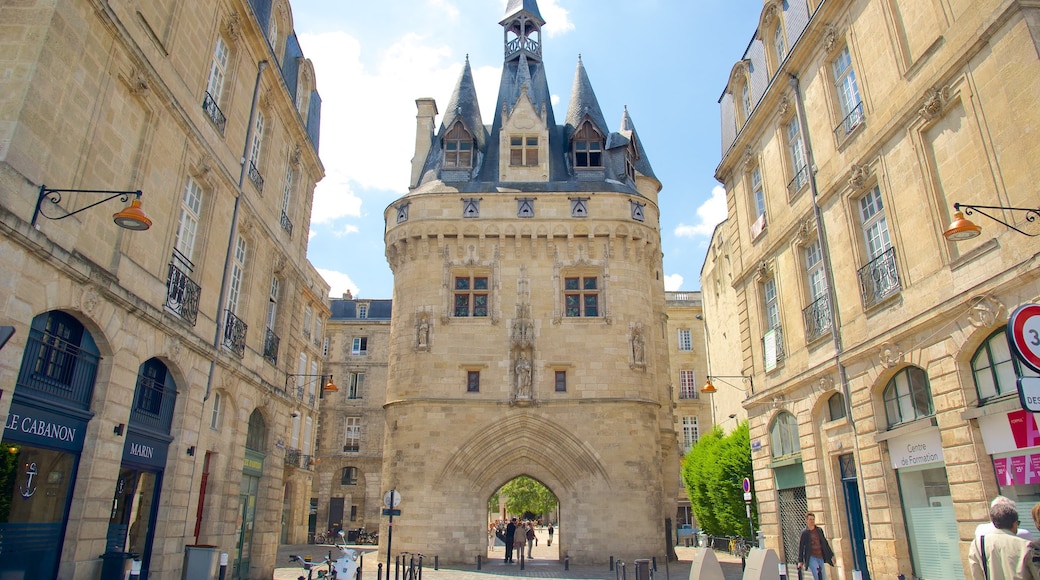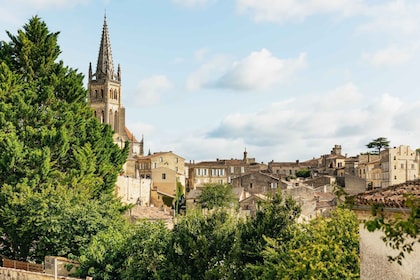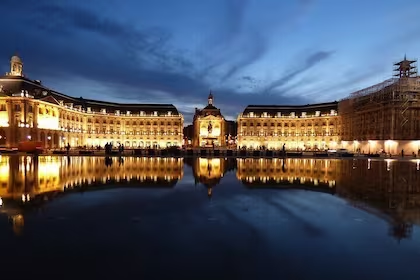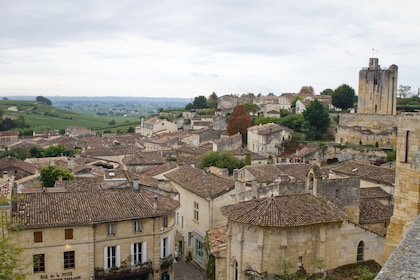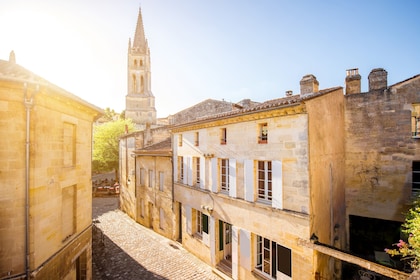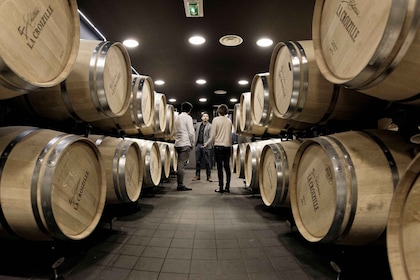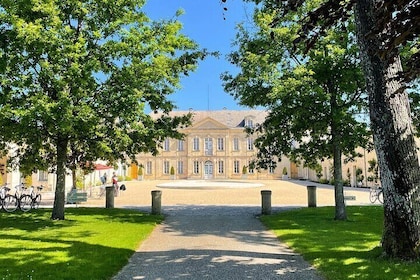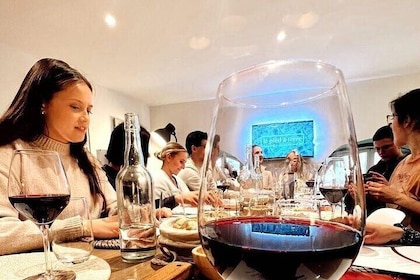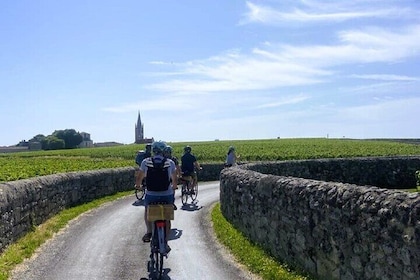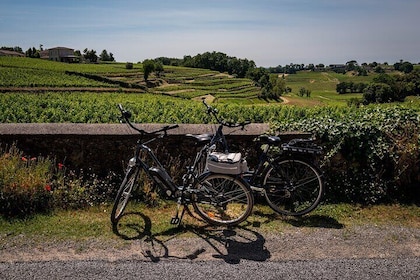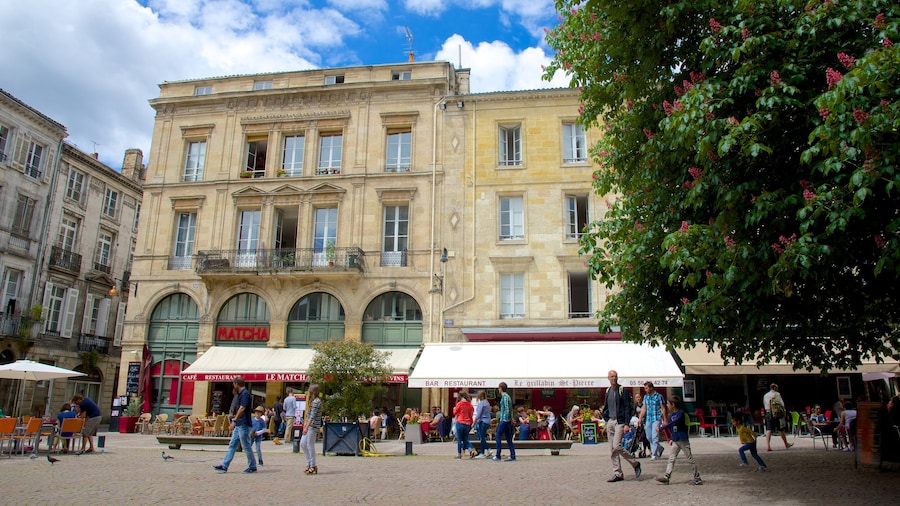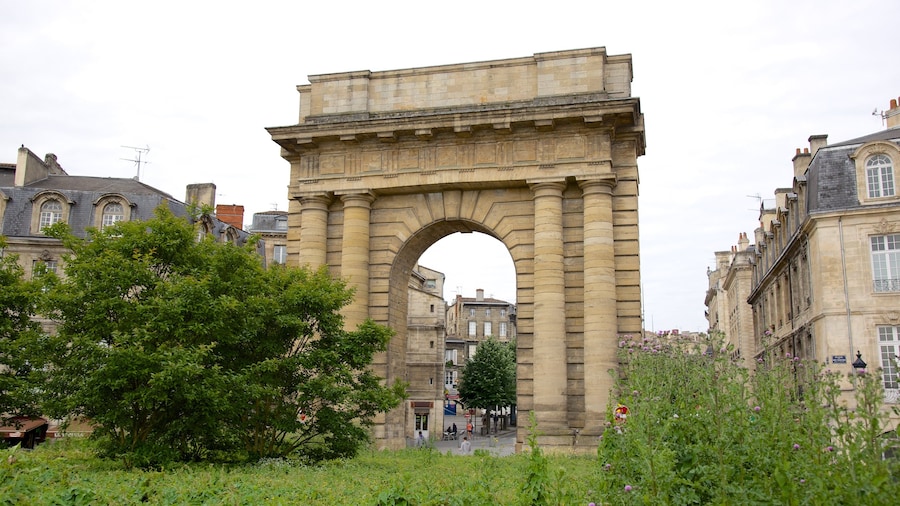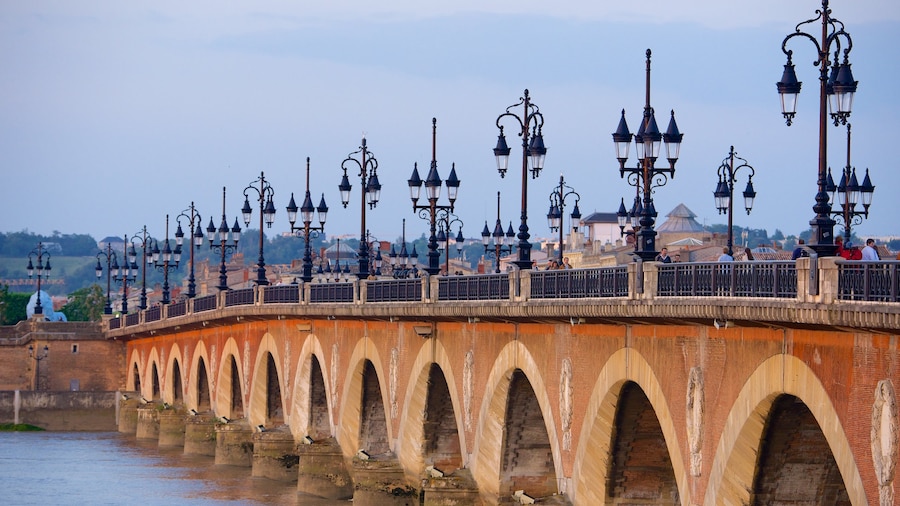Europe’s ancient walls around communities are commonplace, but the remains of this one look almost new. Sit and admire this storybook-like structure.
Sip your coffee or wine as pedestrian traffic swirls about Cailhau Gate (Porte Cailhau). Cafés and restaurants are situated perfectly to take in this mid-15th century fortification that served as a main gateway for medieval Bordeaux.
The immensity and prominence of the structure clearly indicate the importance of this city even in those early times. Imagine walls that are now gone but once connected with the gatehouse. A formidable barrier was presented to enemies. Today, standing 115 feet (35 meters) high, the gate still serves as a majestic entrance to the old part of the city.
Speculation about the meaning of the word cailhau has continued for a long time. One possibility is that the word refers to a type of ballast that was put on ships in this merchant city. Any reference to ships is plausible given that a waterway lies directly in front of the gate. Climb to the top of the structure to get a magnificent view of the Garonne River winding past the city. Study a collection of early tools used in constructing Bordeaux.
Picture how the grandeur of the Renaissance period inspired Cailhau Gate. It was built to mark King Charles VII’s victory at Fornovo in Italy. Look for a depiction of the king on the gate walls facing the river.
The gate has undergone two extensive renovations in 1882 and 1960. Duck your head as you tour the structure because doorframes can be low. The large square the gate faces on the river side was the site of a palace, giving the square the name Palace Square. The palace building itself was demolished in the early 19th century.
Bordeaux’s landmark Cailhau Gate tying this fascinating city to its past is open most days. Going to the top requires a fee. View the gate at night when it takes on a whimsical appearance.
